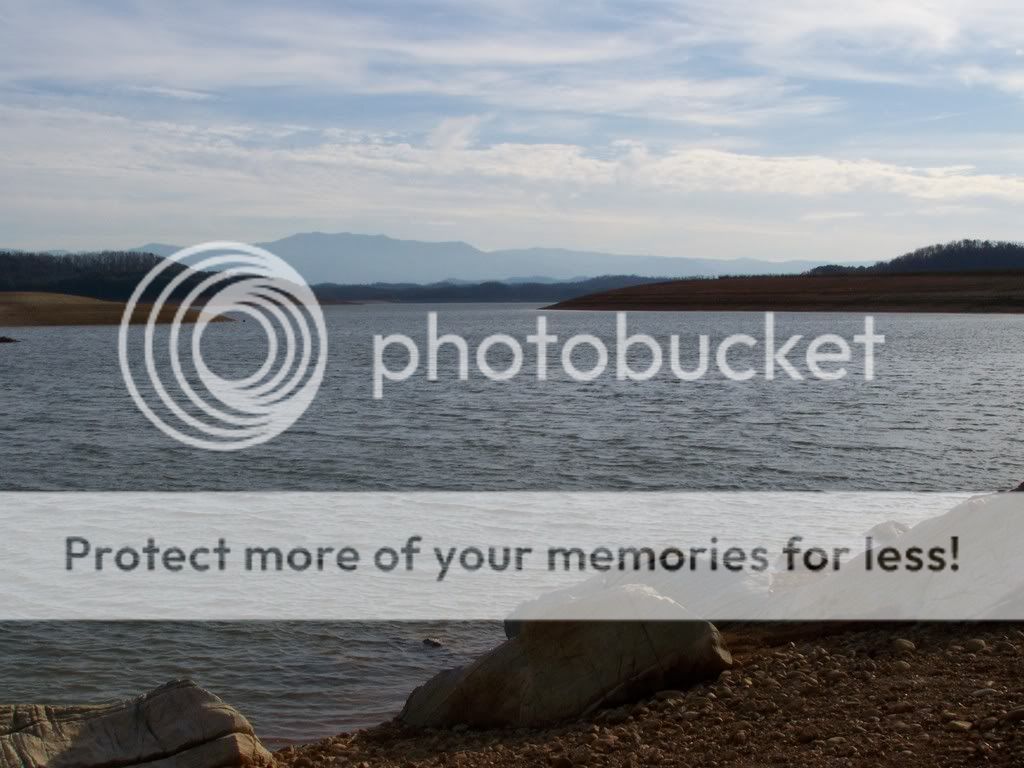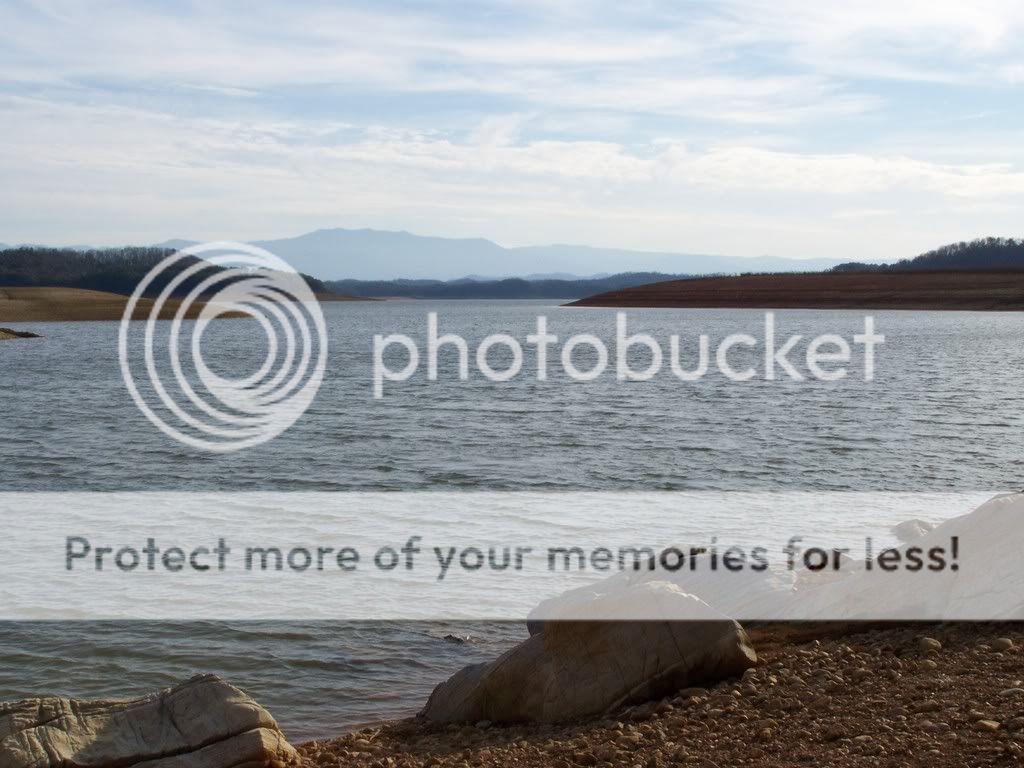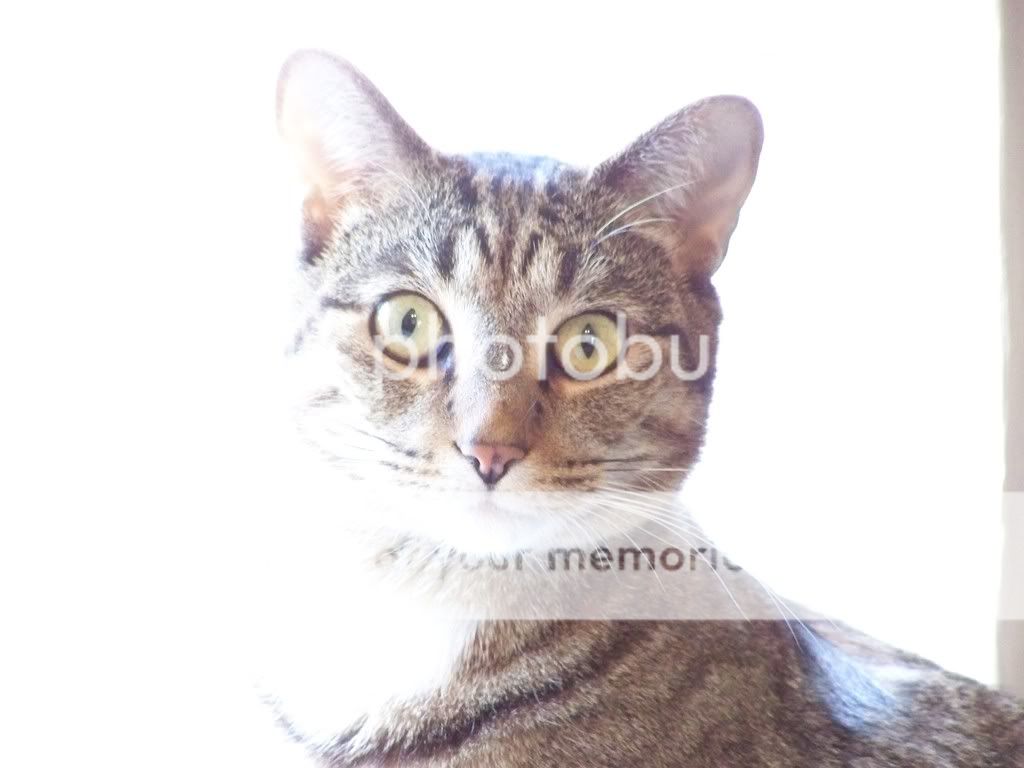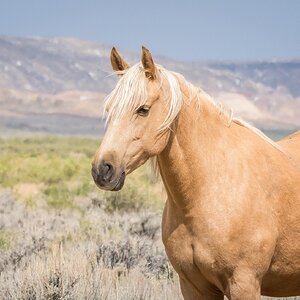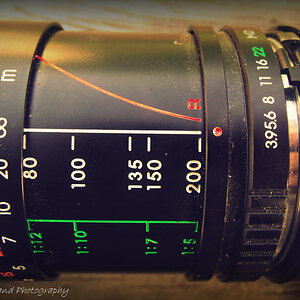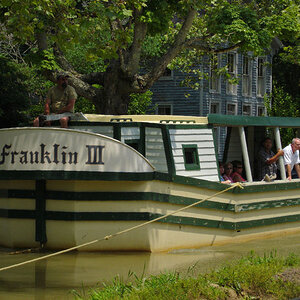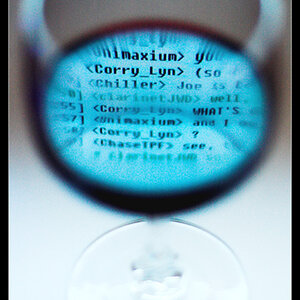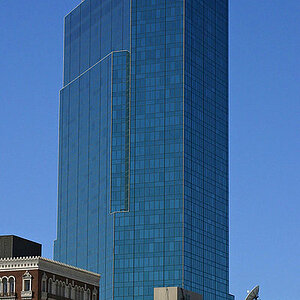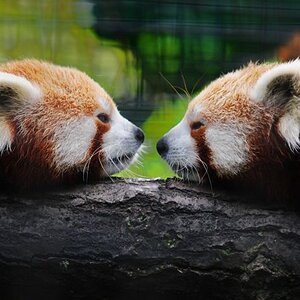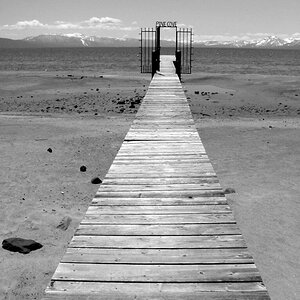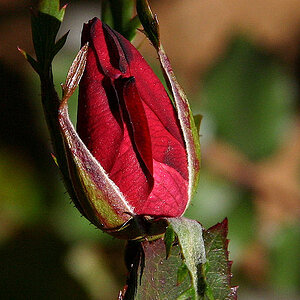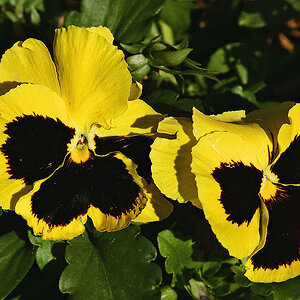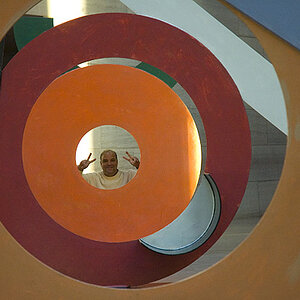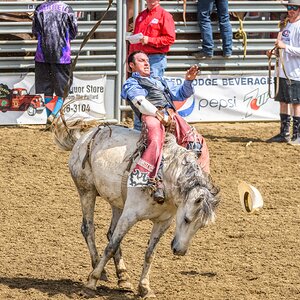Tennessee Landscape
TPF Noob!
- Joined
- Jan 19, 2008
- Messages
- 580
- Reaction score
- 0
- Location
- Seymour, TN
- Website
- www.myspace.com
- Can others edit my Photos
- Photos NOT OK to edit
Of these two picture, which is the better exposure? I used the exposure compensation to get the different results....I like the way the sky and water appears in the first, but like the way the ground appears in the second photo.......which is correct if either?
